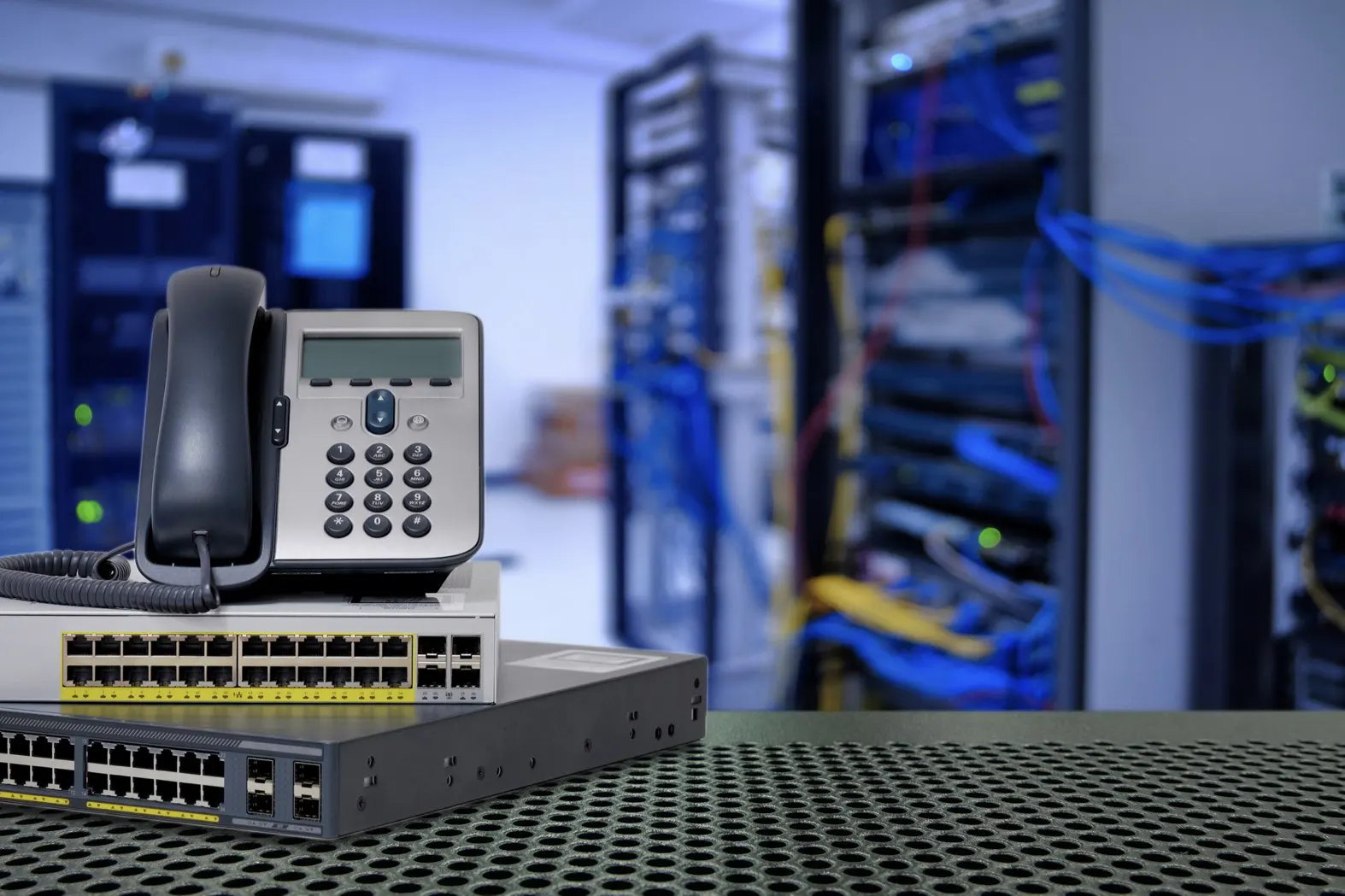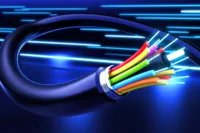
With major advancements in technology happening so rapidly, businesses must be prepared to respond quickly to the ever-changing digital landscape. Network and information infrastructure design is the key to helping businesses remain competitive while future proofing their IT and infrastructure against cyber threats, unreliable access, and outages.
Network design is critical because it establishes a foundation for a company’s digital structure. It also lays out the framework of how all elements will interact. Without a proper network design, businesses can struggle with poor flow between solutions, latency within systems, and often-inaccurate data. As usage increases, this can lead to serious problems such as an inability to scale or security issues.
When designing for future proofing, there are many things that need to be taken into consideration. For example, since technology evolves quickly, designers must create networks that are resilient enough to handle multiple versions of technologies at once. Additionally, network designers need to think about how new technology will fit into existing systems without causing instability or disruption. Businesses should also consider expanding their networks incrementally by investing in hardware that can grow along with them over time.
Another important aspect of future proofing is cybersecurity. Cybersecurity should be included from the start when building networks and developing new systems; this ensures the safety of all assets connected on the network would not get compromised by external actors or malware attacks. Since malware threats evolve quickly these days, companies must invest in updating their security measures regularly in order to stay ahead of hackers and other cyber threats. Security protocols should include regular vulnerability assessments and frequent patch management as well as stringent access control policies and encryption standards.
Last but not least, businesses also need to invest in tools that help them monitor their networks continuously in order to detect and respond quickly when something goes wrong or suspicious activity is detected. These tools should allow administrators easy access to logs which provides visibility into user activities on the system so potential threats can be identified quickly before they cause any significant damage or data loss.
In today’s increasingly complex world where technological advances are becoming more commonplace, firms have no choice but to make strategic investments in proper network infrastructures if they want ensure their business operations remain secure and successful well into the future. By leveraging up-to-date networking solutions that are secure, scalable and future-proofed against inevitable changes in technologies down the road—companies can achieve greater efficiency while ensuring continuity of operations no matter what arises on their path towards growth and success.











